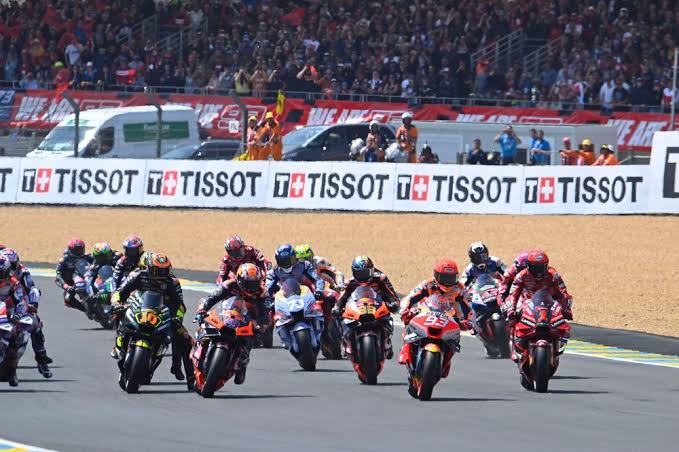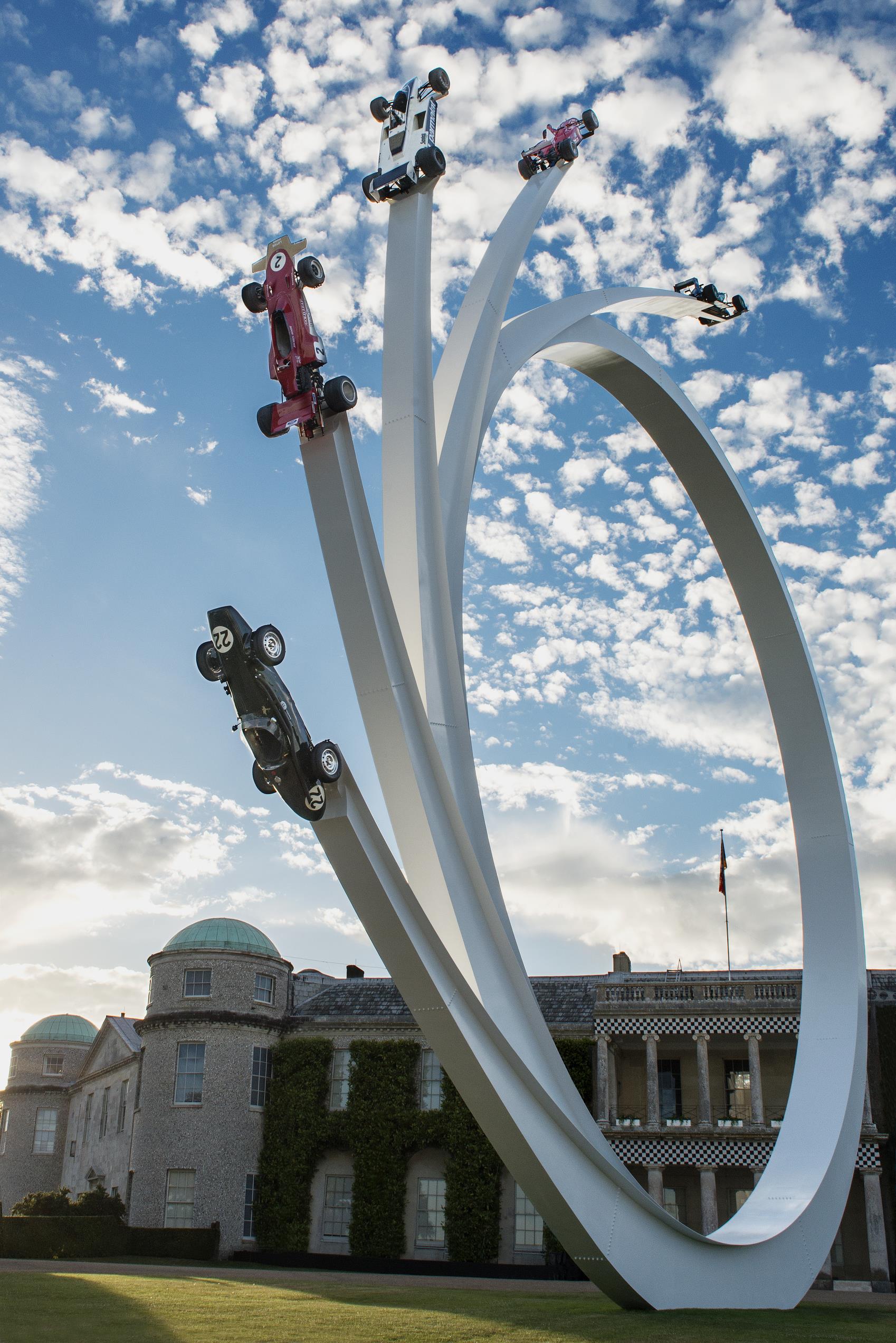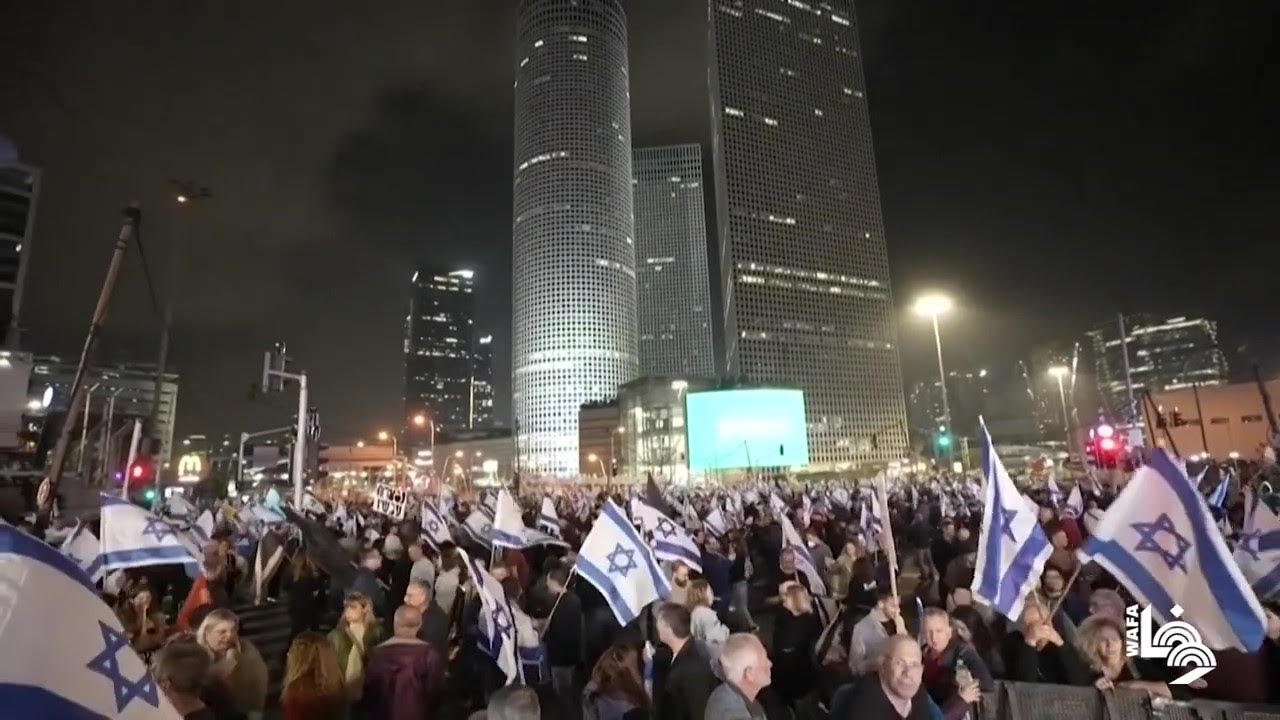Hells Angels: Myths And Realities

Table of Contents
The History of the Hells Angels Motorcycle Club
The Hells Angels Motorcycle Club's history is a complex and often violent one. Its origins trace back to 1948 in San Bernardino, California, a time marked by post-World War II disillusionment and a burgeoning biker culture. The early years saw the club solidify its identity, characterized by a rebellious spirit and a disregard for conventional norms. Key early members, though largely anonymous to the general public, played critical roles in shaping the club's early direction and territorial claims.
- 1948: Founding in San Bernardino, California.
- Early Members: While specific names are often kept within the club's inner circle, understanding the leadership structures and internal dynamics of the early years reveals much about their evolution.
- Significant Events: Territorial disputes with rival motorcycle clubs and clashes with law enforcement marked the club's early years, shaping its identity as a powerful and often confrontational organization.
- Global Expansion: From its California roots, the Hells Angels expanded, establishing chapters across the United States and eventually around the globe. This expansion often involved internal conflicts and power struggles.
Hells Angels: The Myth of the Ruthless Criminal Organization
The Hells Angels are frequently portrayed as a purely criminal enterprise, engaged solely in illegal activities such as drug trafficking, violence, and extortion. While it's undeniable that the club has a long history of involvement in criminal activities, and many members have faced serious legal consequences, the reality is more nuanced. Not all members are directly involved in every criminal undertaking. The club's structure, with its complex network of chapters and individual members, makes it difficult to assign collective responsibility for all criminal actions.
- Documented Criminal Activities: Numerous investigations and prosecutions have documented the Hells Angels' involvement in various criminal activities. These range from drug trafficking and weapons smuggling to violent crimes and racketeering.
- Law Enforcement Response: Law enforcement agencies worldwide continually monitor and target the Hells Angels, employing various strategies to combat their illegal activities. However, the club's decentralized nature and the challenges of infiltration make effective prosecution complex.
- Individual vs. Collective Responsibility: Distinguishing between the actions of individual members and the official stances (if any) of the club as a whole remains a significant challenge.
- Complexities of Organized Crime: Understanding the Hells Angels' criminal activities requires recognizing the intricate dynamics of organized crime, including power struggles, internal rivalries, and the constant pressure from law enforcement.
The Hells Angels Subculture: Brotherhood, Rituals, and Identity
Beyond the criminal aspects, the Hells Angels possess a deeply ingrained subculture that fosters a powerful sense of brotherhood, identity, and belonging. This subculture is manifested in rituals, symbols, tattoos, and a unique lifestyle that binds members together. The club’s intricate system of rules, rankings, and traditions creates a powerful structure for belonging and cohesion.
- Initiation Rituals: The process of becoming a full-fledged member often involves rigorous initiation rituals and a demanding commitment to the club.
- Symbolism and Tattoos: Hells Angels tattoos are highly significant, acting as visual identifiers and symbols of membership, rank, and individual history within the club. The iconic "death head" is only one element of a complex system of visual cues.
- Social Dynamics and Hierarchy: The club is structured hierarchically, with clear leadership roles and responsibilities. Maintaining this structure is critical to their operations.
- Appeal of the Lifestyle: The allure of the Hells Angels lifestyle – the sense of brotherhood, rebellion, and freedom – attracts individuals seeking an alternative to mainstream society.
Hells Angels in Popular Culture and Media
The Hells Angels have been extensively portrayed in popular culture, often in a sensationalized or romanticized light. Movies, books, and documentaries have shaped public perception, frequently perpetuating myths and stereotypes. This media representation plays a crucial role in how the public understands and interacts with this complicated topic.
- Notable Portrayals: Numerous films, books, and documentaries have featured the Hells Angels, ranging from sympathetic portrayals to highly critical ones.
- Accuracy and Bias: The accuracy of these depictions varies greatly, with some focusing on the criminal aspects while others emphasize the camaraderie and brotherhood. Understanding this bias is essential for critical analysis.
- Shaping Public Opinion: The media plays a significant role in shaping public opinion about the Hells Angels, influencing perceptions of the club and its members.
- Sensationalized Reporting: Often, sensationalized reporting further solidifies pre-existing stereotypes and prevents a more nuanced understanding of the organization.
Conclusion
Understanding the Hells Angels requires a careful consideration of both the myths and the realities. They are a complex organization with a multifaceted history, a distinct subculture, and a significant presence in popular culture. Separating fact from fiction is essential for a balanced understanding. This exploration has aimed to shed light on the various aspects of this controversial motorcycle club, providing a more nuanced perspective than often presented. Continue your exploration of this fascinating and controversial motorcycle club by [link to relevant documentary or academic article].

Featured Posts
-
 Jadwal Moto Gp Argentina 2025 Catat Waktu Sprint Race Minggu Dini Hari
May 26, 2025
Jadwal Moto Gp Argentina 2025 Catat Waktu Sprint Race Minggu Dini Hari
May 26, 2025 -
 Enquete Sur Les Pannes Techniques Affectant Les Emissions De La Rtbf
May 26, 2025
Enquete Sur Les Pannes Techniques Affectant Les Emissions De La Rtbf
May 26, 2025 -
 Goodwood Debut Oxfordshire Teenager Honoring F1 Legend
May 26, 2025
Goodwood Debut Oxfordshire Teenager Honoring F1 Legend
May 26, 2025 -
 Tl Abyb Tshhd Tzahrat Mstmrt Llmtalbt Bieadt Alasra
May 26, 2025
Tl Abyb Tshhd Tzahrat Mstmrt Llmtalbt Bieadt Alasra
May 26, 2025 -
 Saksikan Siaran Langsung Moto Gp Argentina 2025 Di Trans7 Jadwal And Detail
May 26, 2025
Saksikan Siaran Langsung Moto Gp Argentina 2025 Di Trans7 Jadwal And Detail
May 26, 2025
